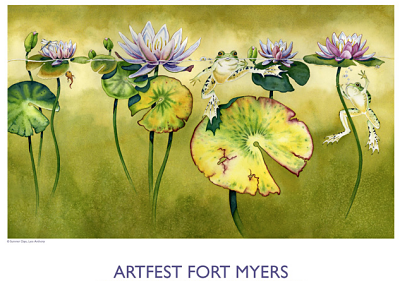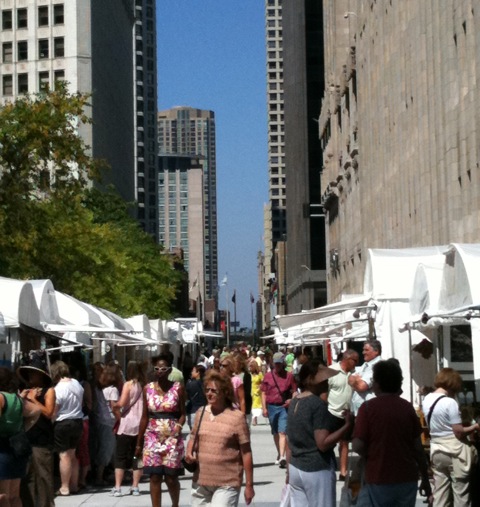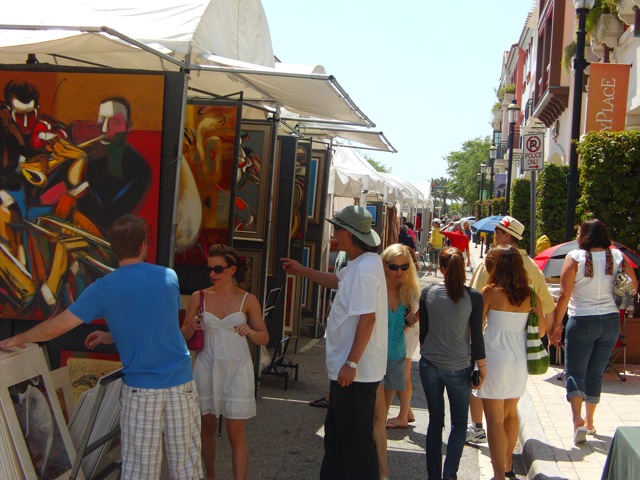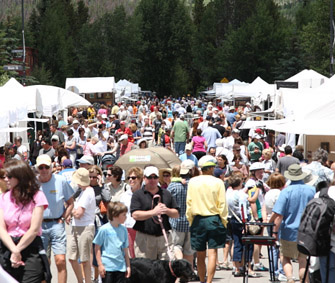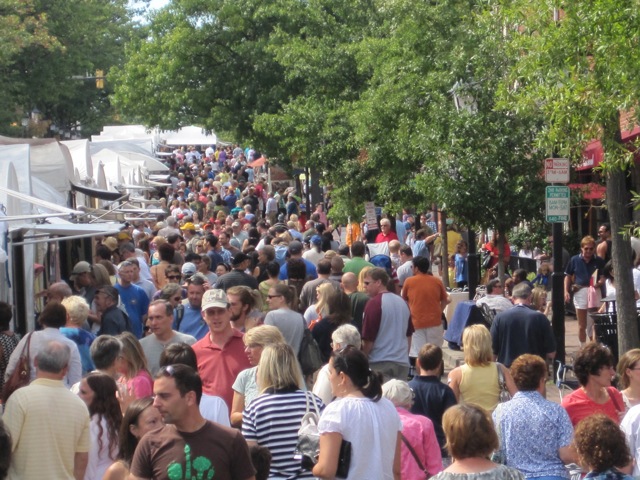Well, I am back safe and sound. Not much richer after two shows--Islamorada and Images--but I have 250 new images with 31 of them capable of making moola, so all in all I am lucky.
If you remember I went down and did a first time show in Islamorada. AFI-er Kathy Oda gave an excellent report on the show. I would disagree with her on one key point. Maybe it is because she hasn't done many shows in the keys. She said the crowds were excellent. I say the crowds were meager at best.
The failing of this show to attract many buyers is why most of us barely covered our expenses. I made way less than a $1000, and I had images of the keys and Islamorada, and yet I sold none of them.
I also think the organization who ran it was dumb to charge a $5 admission fee. Coupled with lack of good parking nearby, these two facts hurt that show. I would not reccomend anybody traveling great distance to do it. Also the $300 booth fee was way too high for a new show. Oh well, live and learn.
After the show I headed to Key West for two days of shooting. I stayed at a Days Inn on my CLC card for $79 per nite. That is a deal, left me more money for sushi and beer.
I always find gold in Key West, image-wise, and this time was no different.
You can't beat the breakfest or lunch at Pepe's, the oldest restaurant there. You gotta go to Louie's Afterdeck bar for a drink in the evening. It sits right on the Atlantic. It is my favorite bar on the east coast. Go thru the gate to the condos next store and you are at the location of Jimmy Buffett's old house. Louies is at the junction of Vernon and Wadell streets. BTW, Pepes is on Caroline Street heading to Turtle Kraals.
The best sushi is at Origami located in Duval Square which is on the east end of Duval Steet just down from Truman Avenue.
After two days there I was ready to escape. Too much tequila drinking going onthere. Yes I fell off my wagon--knew it was going to happen. But I got back on it once I left.
Headed up to Coral Gables on Wennesday and met up with Geri Wegner for sushi at Sukura Gables. The head sushi chef there remembered me even though he hadn't seen me in more than five years. Back in the 80s, Vic, who does the chairs and hammocks, and I used to go to Sukura all the time while we did the Grove and Beaux Art shows. The chef was just a novice then. He scrubbed radish for two years before they let him touch a fish. Now he is the top honcho, but he remembers us from back then.
I spent the nite in Pompano Beach with my old buddy Ron Skirdlant where we hit our favorite Thai restaurant on Commercial Ave. in north Ft. Lauderdale. Rocking Ron has been putting me up at his casa on the canal since the early 80s. It is always a pleasure to stay with him. We have lots of old stories to reminesce about.
From there I headed up to New Smyrna Beach and stayed with my buddy Sonny Ellison who lives down on the south end by JBs Fish Camp restaurant. I lived in NSB in the 80s and Sonny was my best friend there. We used to play exhausting one-on-one basketball matches all the time. he used to run me ragged on the court. I can't do that anymore, that's why I took up a "civilized" sport like golf.
Images lets you set up early on Friday with the show Saturday and Sunday. It is a piece of cake setup and teardown.
They gave a great artist dinner on Saturday with really good barbeque. This show has an extensive Patrons Purchase program that has steadily improved over the years.
This year they used the "Sleznic" method of judging in our booths. Don't you just love those assistants with their stopwatches. I just love it when they tap the judge on the shoulder and say, "Times up. We gotta move on." I much prefer that they pull pieces, but that is just my humble opinion.
The crowds were very large both days, jamming the streets. We had delicious cooling breezes that pampered us all thru the show.
It ended up being decent for me, I made the most money there out of the four shows I did in January. Most artists were selling, it was a solid show.
Made it home early Sunday nite to met up with my sweetie Ellen and have a great home-cooked meal. It was great to be home.
One final observation. So far this year in Florida, the shows have been slow for many of us. The middle class consumers have really tightned down on their wallets. To me, 2011 started better.
It will be interesting to see how I do in Ft. Myers this weekend. Last year I killed them there, now, I don't know.
Well, there you have it, living vicariously thru Nels. Hope you enjoyed the journey.


